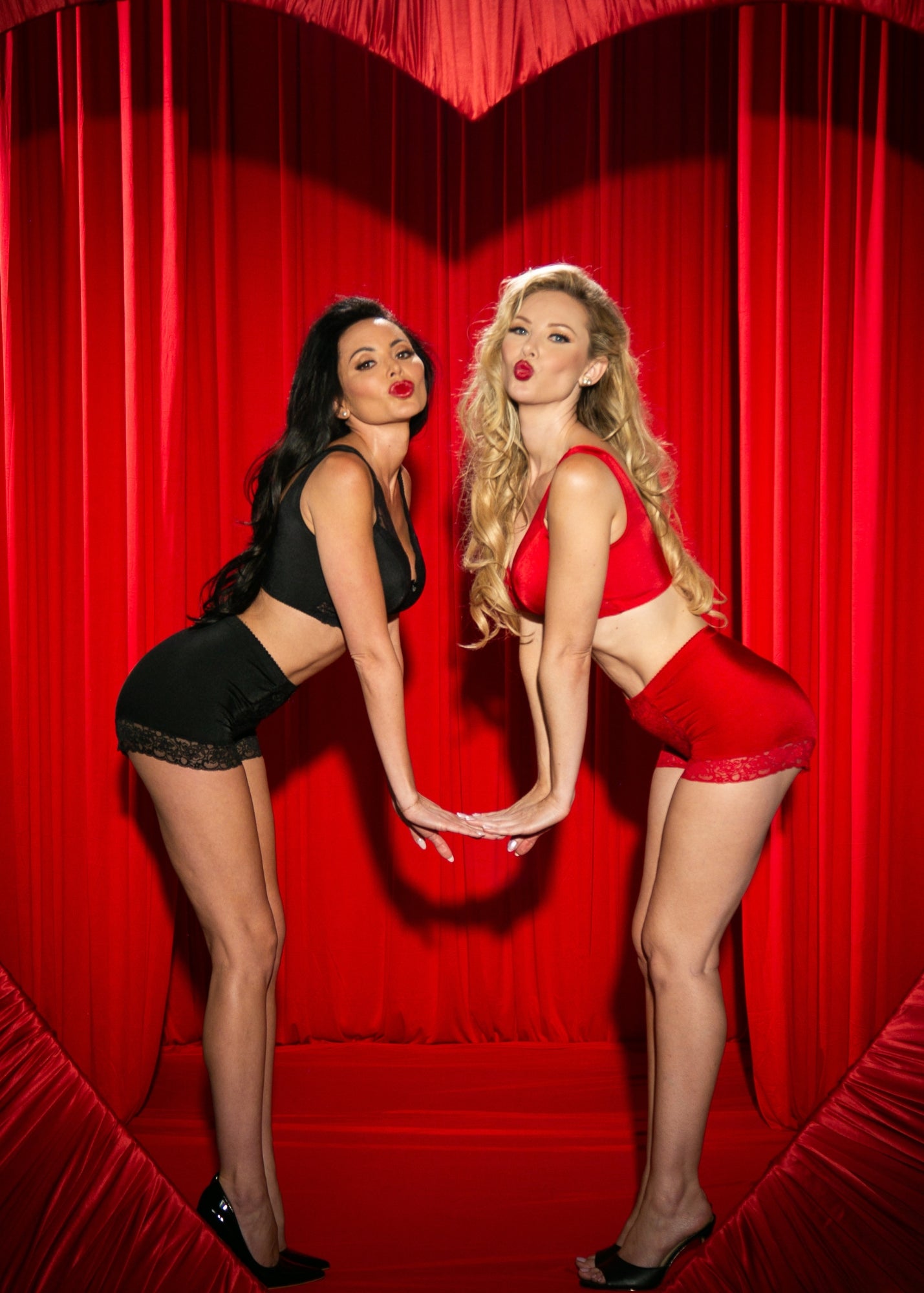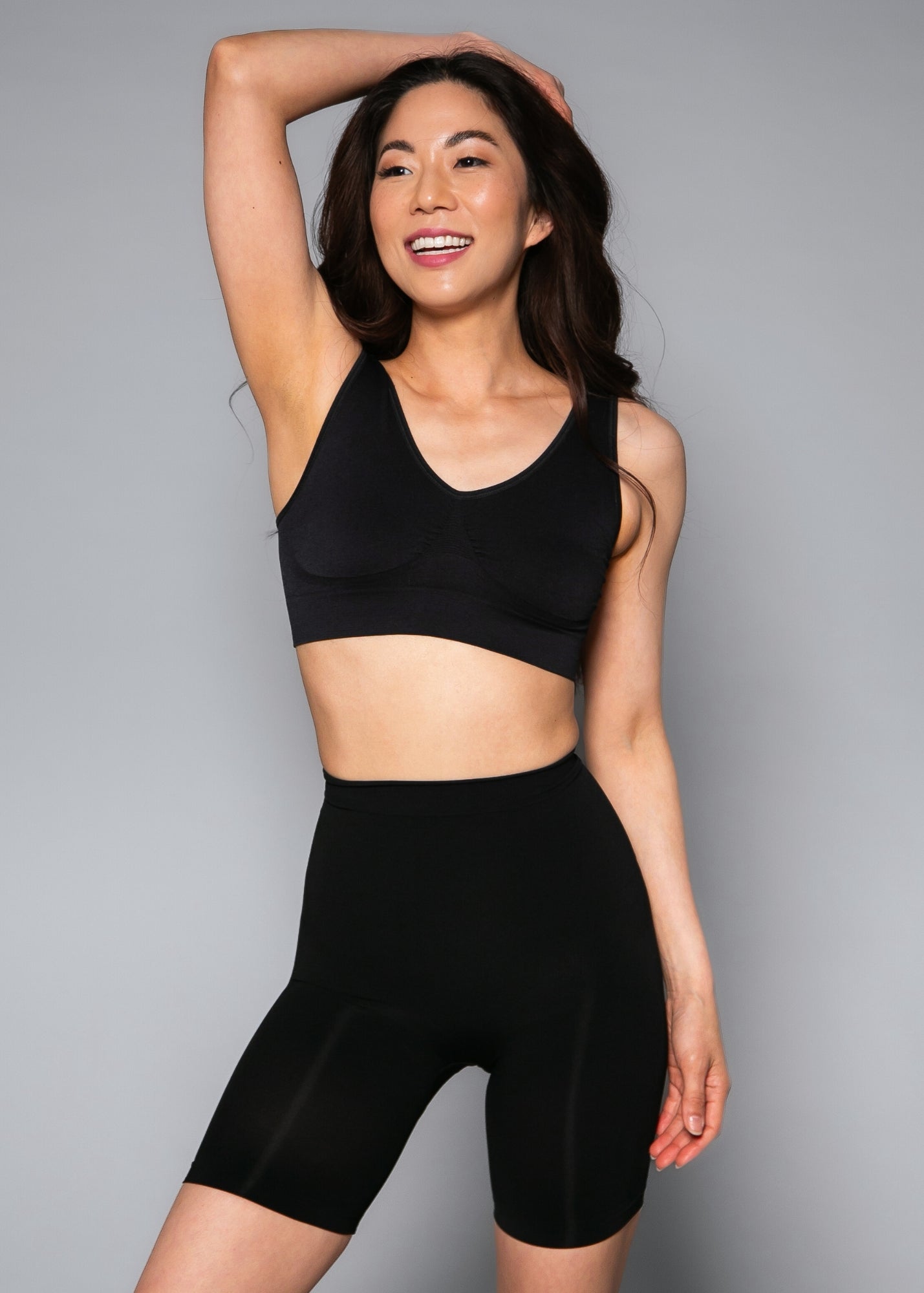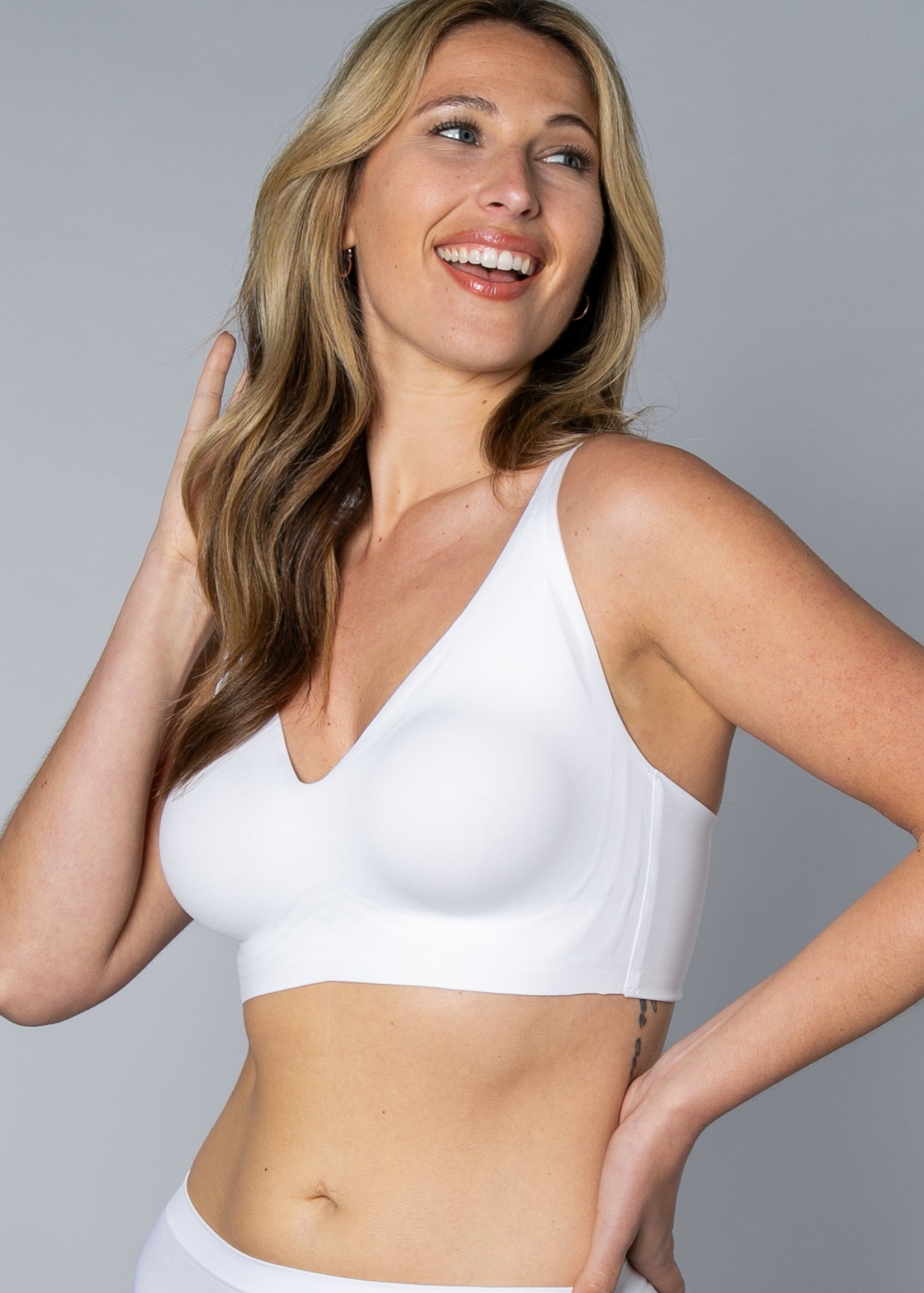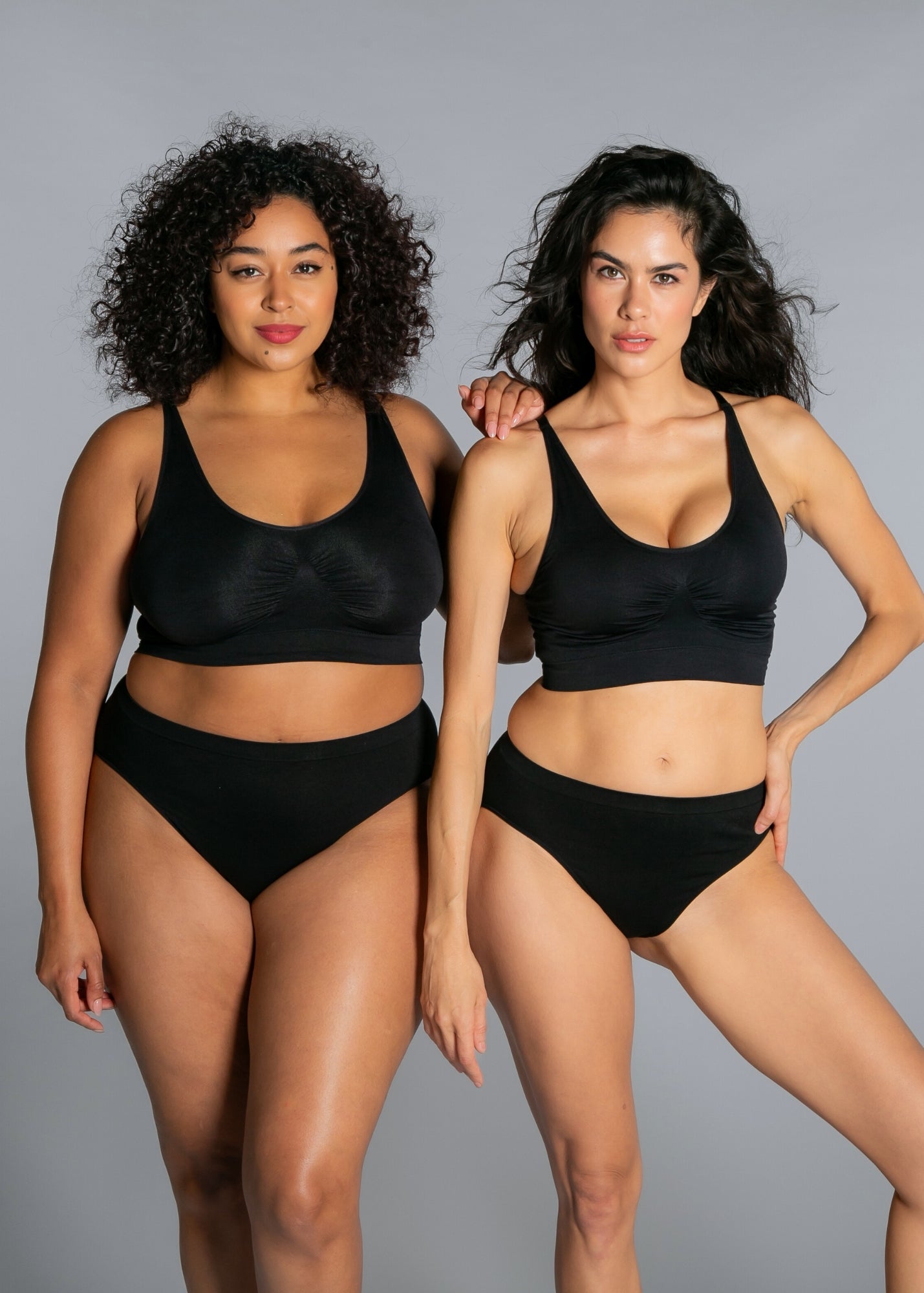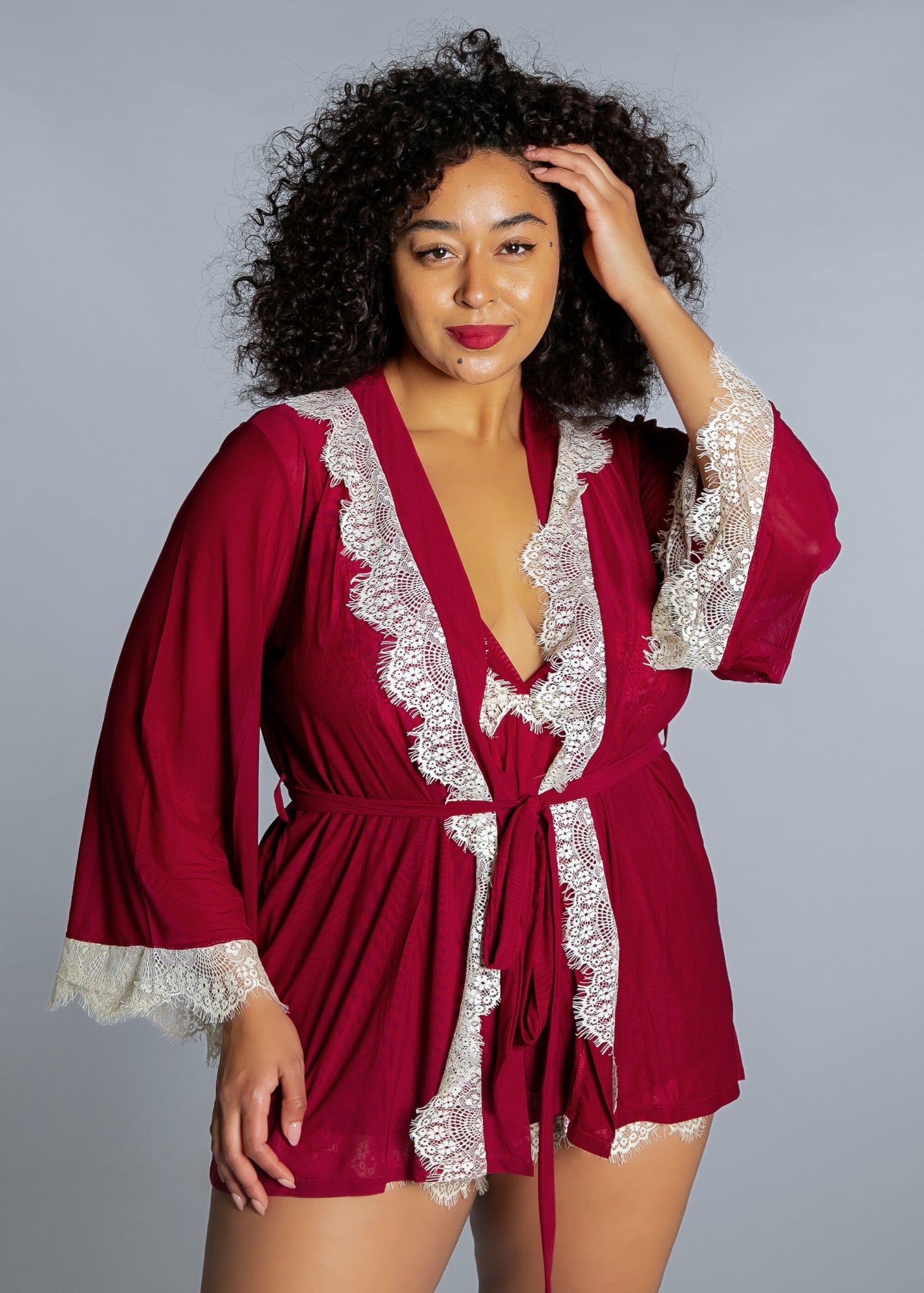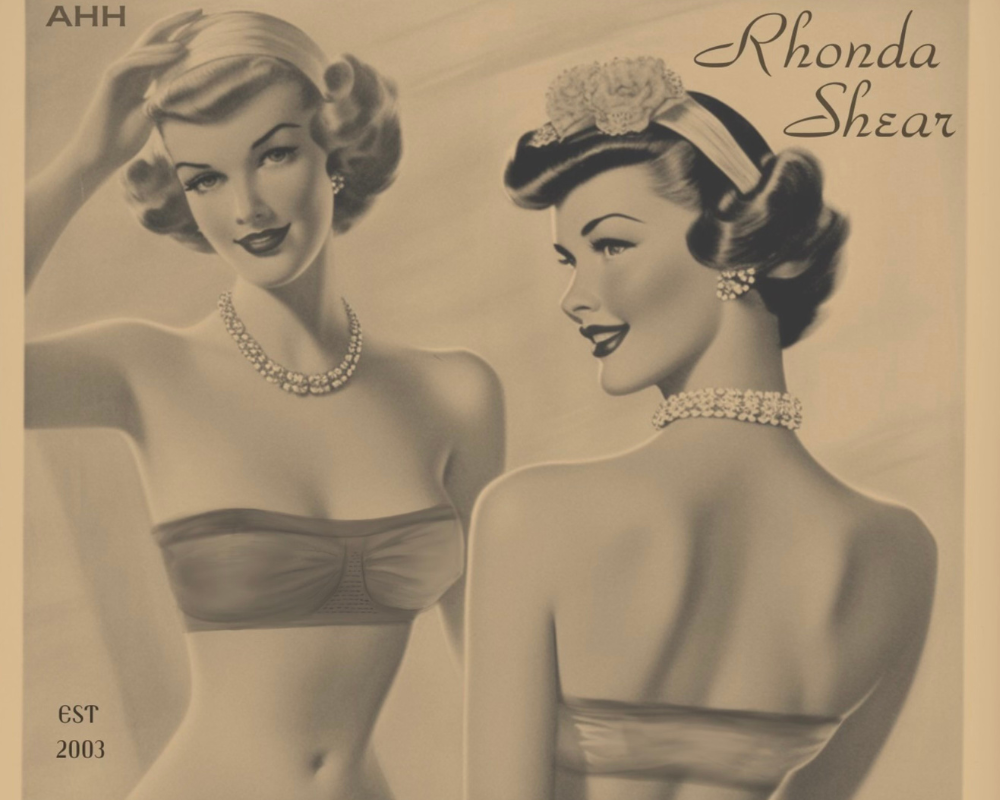
The History of Lingerie in America
Lingerie has come a long way in America, evolving from restrictive and elaborate garments to the comfortable and stylish bras we wear today. Let’s take a fascinating journey through the history of lingerie in America, exploring how societal changes, technological advancements, and fashion trends have shaped what we wear under our clothes.
Colonial Times: The Beginnings
In the early days of America, lingerie was a far cry from what we know today. Women wore chemises, which were simple, loose-fitting undergarments made from linen. These garments served as a barrier between the body and outer clothing, absorbing sweat and oils to keep outer garments clean. Corsets, introduced later, were stiffened with whale bone or metal and were used to shape the torso into a desired silhouette, often for a flat front and a small waist.
The 19th Century: Corsets and Crinolines
The 19th century saw the rise of the corset, which became an essential piece of a woman’s wardrobe. Corsets of this era were more structured and often featured intricate lace and embroidery. They cinched the waist tightly, pushing up the bust to create an hourglass figure. Alongside corsets, crinolines and petticoats were worn to give skirts a voluminous look, making the waist appear even smaller by contrast.
Early 20th Century: The Birth of the Bra
The turn of the 20th century marked a significant shift in women’s lingerie. In 1914, Mary Phelps Jacob patented the first modern bra, which she created using two handkerchiefs and some ribbon. This invention offered women a more comfortable and practical alternative to the restrictive corset. During World War I, the metal used in corset stays was needed for the war effort, further pushing the popularity of bras. By the 1920s, bras had become mainstream, with designs focusing on flattening the chest to fit the flapper fashion of the time.
Mid-20th Century: The Rise of the Modern Bra
The 1930s and 1940s saw the bra evolve into more familiar forms. Cup sizes and adjustable bands were introduced, allowing for a better fit. During the 1950s, bras became more structured, with bullet bras and torpedo bras creating a pointed silhouette that complemented the fashion of the era. The 1960s brought the rise of the feminist movement, which criticized the restrictive nature of traditional bras. The “burn the bra” movement symbolized women’s liberation and the push for more comfortable lingerie options.
Late 20th Century: Innovation and Comfort
The 1970s and 1980s introduced new fabrics and technologies, such as Lycra, which added stretch and comfort to bras. Underwire bras became popular for their support, while sports bras were invented to cater to the needs of active women. The 1990s saw the rise of the push-up bra, popularized by brands like Victoria’s Secret, which added padding and support to enhance cleavage.
21st Century: Modern Comfort and Technology
Today, lingerie has reached new heights of comfort and functionality. At Rhonda Shear, we pride ourselves on incorporating the latest technology and design innovations into our bras. Our modern bras are wire-free, providing unparalleled comfort without sacrificing support. We use advanced materials that offer cloud-like softness, breathability, and flexibility. Our seamless designs ensure a smooth silhouette under any outfit, and our wide range of styles caters to every body type and preference.
Our commitment to comfort and innovation means that you can enjoy bras that not only look beautiful but feel incredible to wear. Whether you’re looking for everyday essentials, sports bras, or something a bit more special, Rhonda Shear has you covered.
Conclusion
From the stiff and restrictive corsets of colonial times to the freeing and comfortable bras of today, lingerie has undergone a remarkable transformation. At Rhonda Shear, we celebrate this evolution by providing modern women with the best in comfort, style, and technology. Here’s to feeling confident, supported, and free in whatever you choose to wear!

